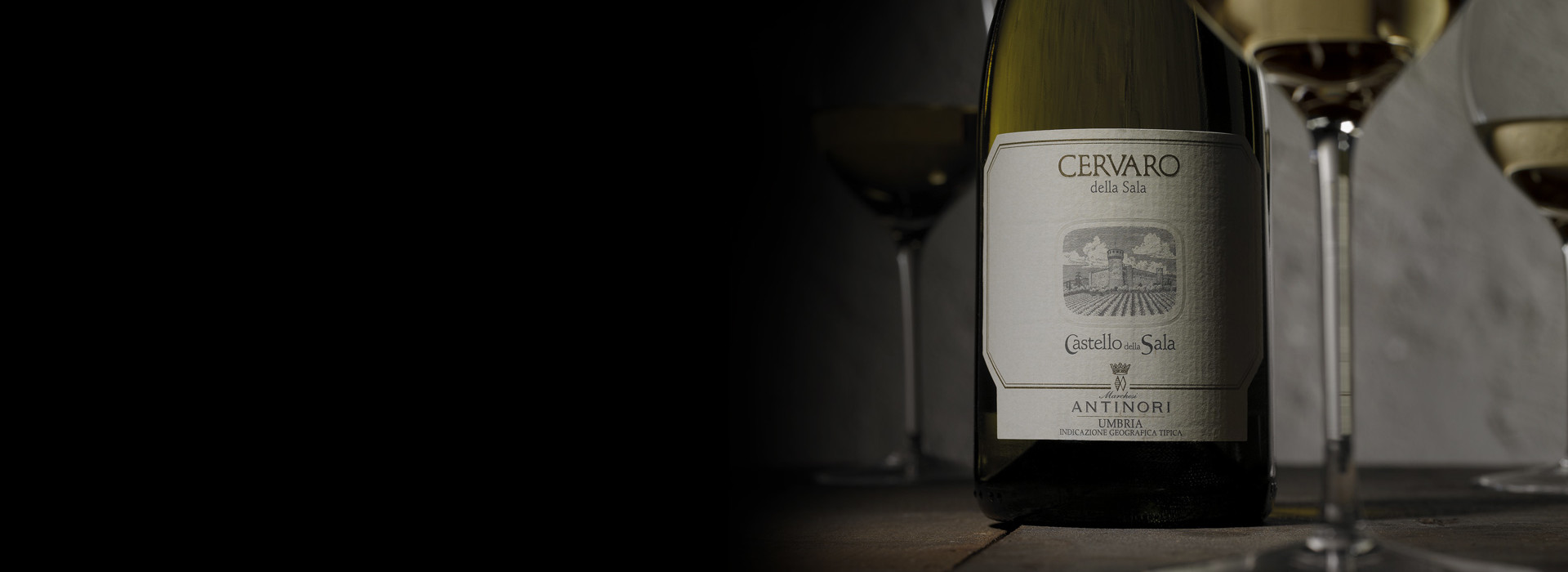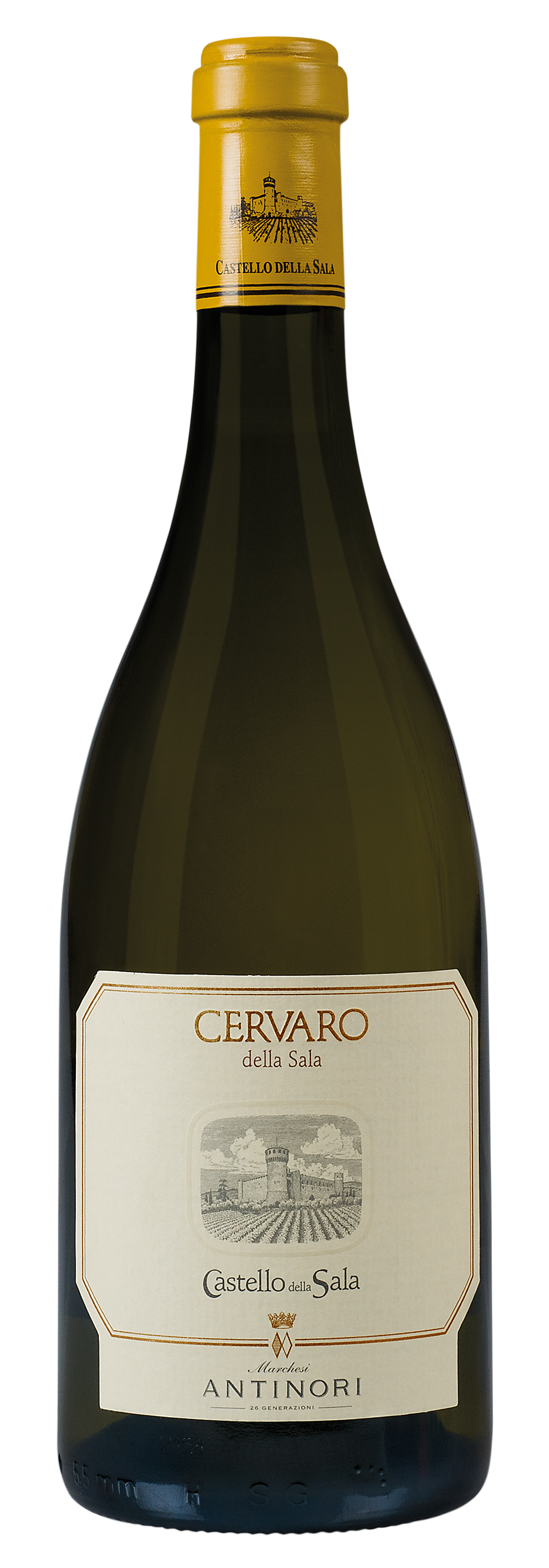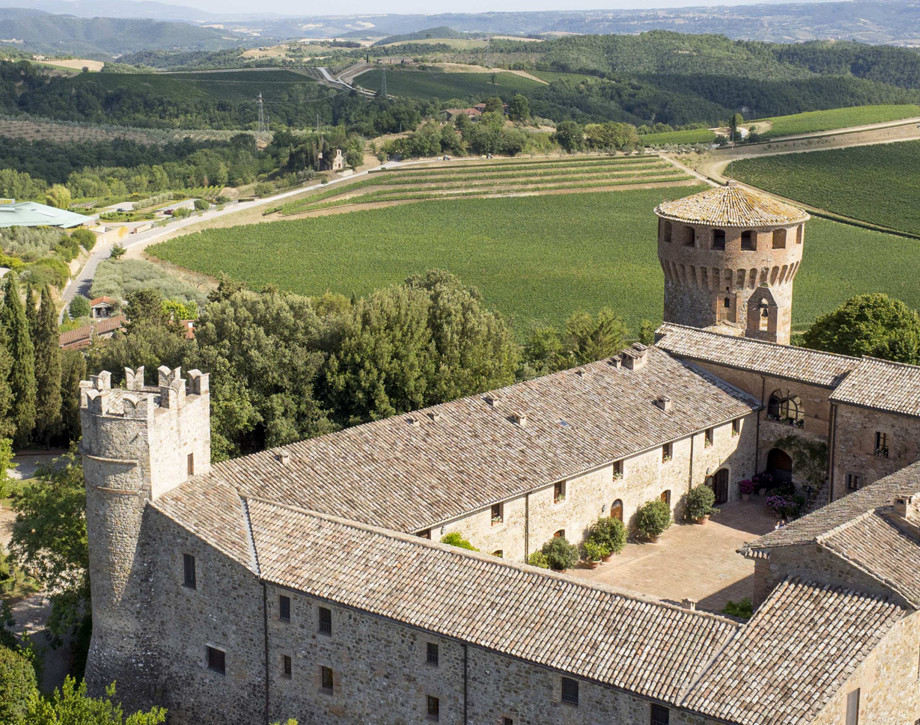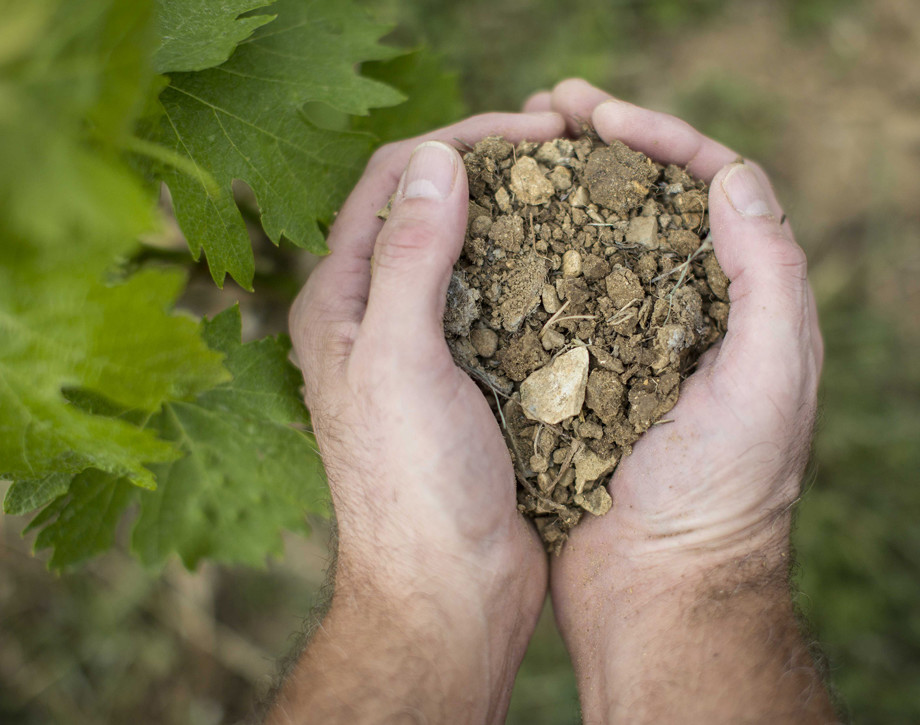Cervaro della Sala

The Wine
The name Cervaro comes from the noble family that owned Castello della Sala during the 14th century, Monaldeschi della Cervara. A blend of Chardonnay grapes and a small quantity of Grechetto make a wine that can age over time and represent the elegance and complexity of this unique estate. Cervaro della Sala is one of the first Italian white wines to have malolactic fermentation and aging take place in barriques. The first vintage of Cervaro to be produced was the 1985 vintage.
Historical Data
The name Cervaro comes from the noble family that owned Castello della Sala during the 14th century, Monaldeschi della Cervara. A blend of Chardonnay grapes and a small quantity of Grechetto make a wine that can age over time and represent the elegance and complexity of this unique estate. Cervaro della Sala is one of the first Italian wines to have malolactic fermentation and aging take place in barriques. The first vintage of Cervaro to be produced was the 1985 vintage.

The Wine
The name Cervaro comes from the noble family that owned Castello della Sala during the 14th century, Monaldeschi della Cervara. A blend of Chardonnay grapes and a small quantity of Grechetto make a wine that can age over time and represent the elegance and complexity of this unique estate. Cervaro della Sala is one of the first Italian white wines to have malolactic fermentation and aging take place in barriques. The first vintage of Cervaro to be produced was the 1985 vintage.

In Honor of the Monaldeschi della Cervara Family
The wine’s name honors the Monaldeschi della Cervara family who was the historic owner of Castello della Sala in the XVI century.
The Barrique
Cervaro della Sala was one of the first Italian white wines to have malolactic fermentation and aging take place in barriques.
The Concept
The idea behind Cervaro della Sala was to craft a white wine able to age over time.
The Enologist
In 1985, Renzo Cotarella, who was chief enologist at Castello della Sala at that time, made the first vintage of Cervaro della Sala.
Climate
We can define 2010 as, on the whole, a cool vintage; a cold and rainy winter, characterized by frequent drops in temperature, was followed by a period of unstable weather in the spring which lasted until early June. The ample rainfall, in any case, increased the vigor and development of the vine vegetation. During the month of July, the weather was warm and sunny, which assisted the arrival of the color change in the grapes, while August was cooler and slowed the ripening process and delayed the beginning of the harvest by a period of approximately ten days. The return of good weather in September allowed the picking to be organized in optimal conditions, thanks as well as the meticulous work in the vineyard during the period of vine vegetation, something which, particularly in difficult vintages such as 2010, guarantees a quality production and balanced grapes.
Vinification
The grapes for the wine come from 15-20 year old vineyards,located around the Castello della Sala at an altitude between 300 and 400 meters (650-1350 feet) above sea level on soils of the Pliocene epoch, rich in marine fossils and veins of clay. The grapes, harvested during the night, are transported on a refrigerated belt in order to assure low temperatures when destemmed and then pressed. The grape varieties are fermented separately, as they ripen in different periods and also require different cellar practices. The Chardonnay must macerated on its skins for a period of four to six hours at a temperature of approximately 10° centigrade (50° Fahrenheit). The must then went into new, 60 gallon, French (Allier and Tronçais) oak barrels where it fermented for 18 days. The wine remained on its lees in barrel for approximately six months and went through a complete malolactic fermentation during this same period. It was then blended and bottled. A ten month period of bottle aging in the historic Castello della Sala cellars preceded commercial release at 13° alcohol.
Historical Data
The name Cervaro comes from the noble family that owned Castello della Sala during the 14th century, Monaldeschi della Cervara. A blend of Chardonnay grapes and a small quantity of Grechetto make a wine that can age over time and represent the elegance and complexity of this unique estate. Cervaro della Sala is one of the first Italian wines to have malolactic fermentation and aging take place in barriques. The first vintage of Cervaro to be produced was the 1985 vintage.
Tasting Notes
The wine is a straw yellow in color with greenish highlights and expresses intense aromas of white flowers mixed with notes of flint. On the palate, savory mineral sensations blend perfectly with toasty and citric notes. The 2010 Cervaro della Sala is marked by a long persistence and a mineral character and is headed for excellent evolution and aging ability over time.
Awards
Gambero Rosso "Vini d'Italia 2013" Guide Tre Bicchieri Italy Espresso 2013 Guide 18/20 Italy I Vini Di Veronelli 2013 Super Tre Stelle Italy Associazione Italiana Sommelier "Duemilavini 2013" Guide 5 Grappoli Italy Wine Enthusiast 93/100 USA Annuario L. Maroni 90/100 Italy James Suckling 94/100 USA Falstaff 92/100 Austria Antonio Galloni 92/100 USA
Scheda

Castello della Sala
Castello della Sala is located in the Umbria region, not far from the Tuscan border, about 18 kilometers from the historic city of Orvieto. The Medieval castle’s property extends over an area of 600 hectares (1482 acres), 229 hectares (495 acres) are planted with vineyards at an altitude that varies between 220 and 470 meters above sea level (722/1541 feet) on the gently rolling hillsides that characterize the beautiful countryside in this area. Castello della Sala is the perfect place for growing white varieties. The vines grow in clay and calcareous based soils, rich in fossil shells, and they are well exposed to the rising of the sun with an excellent difference of temperature between day and night. The one exception to the rule is Pinot Noir, the only red variety that has found in this area ideal growing conditions to best express its full potential.

Soil
Originating in the Pliocene period, rich in marine fossils with veins of clay.


















